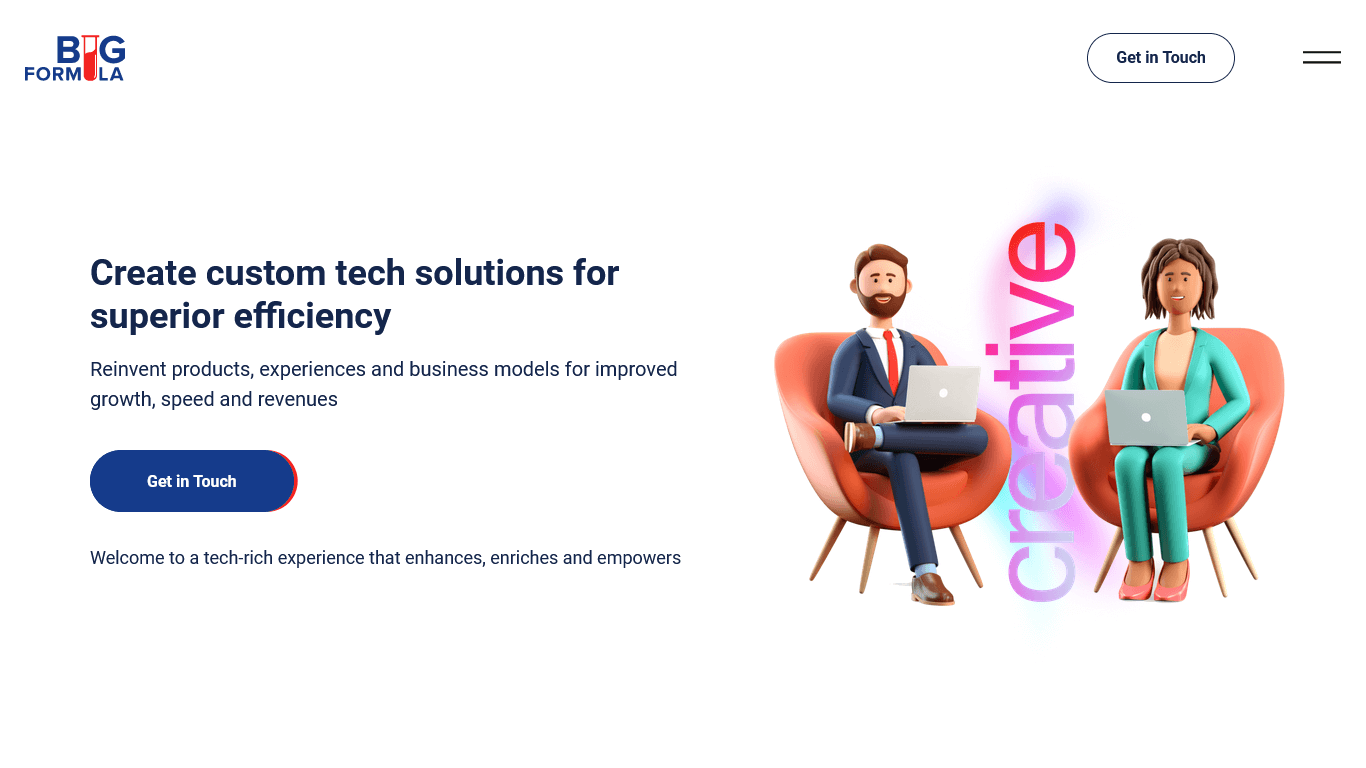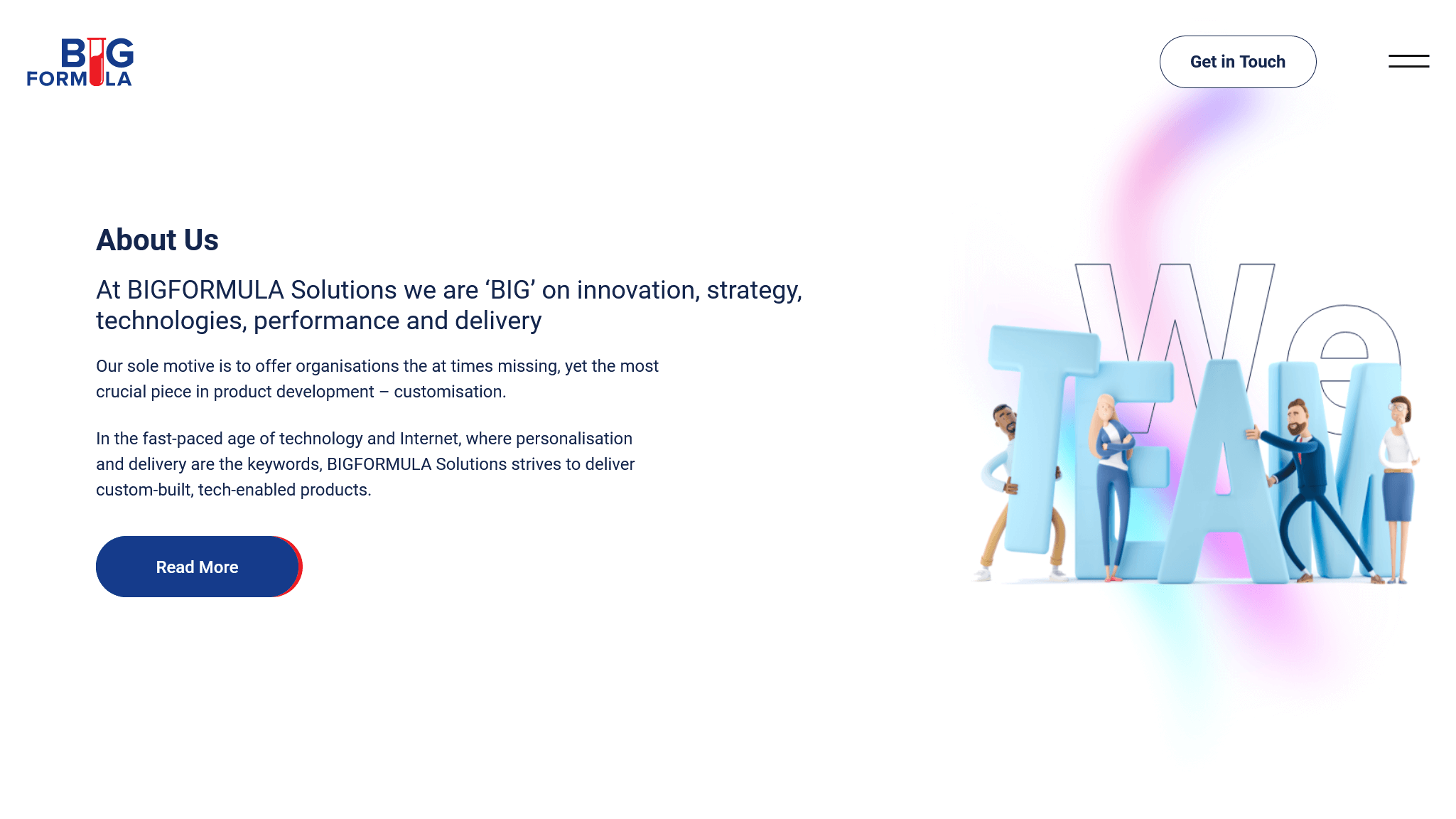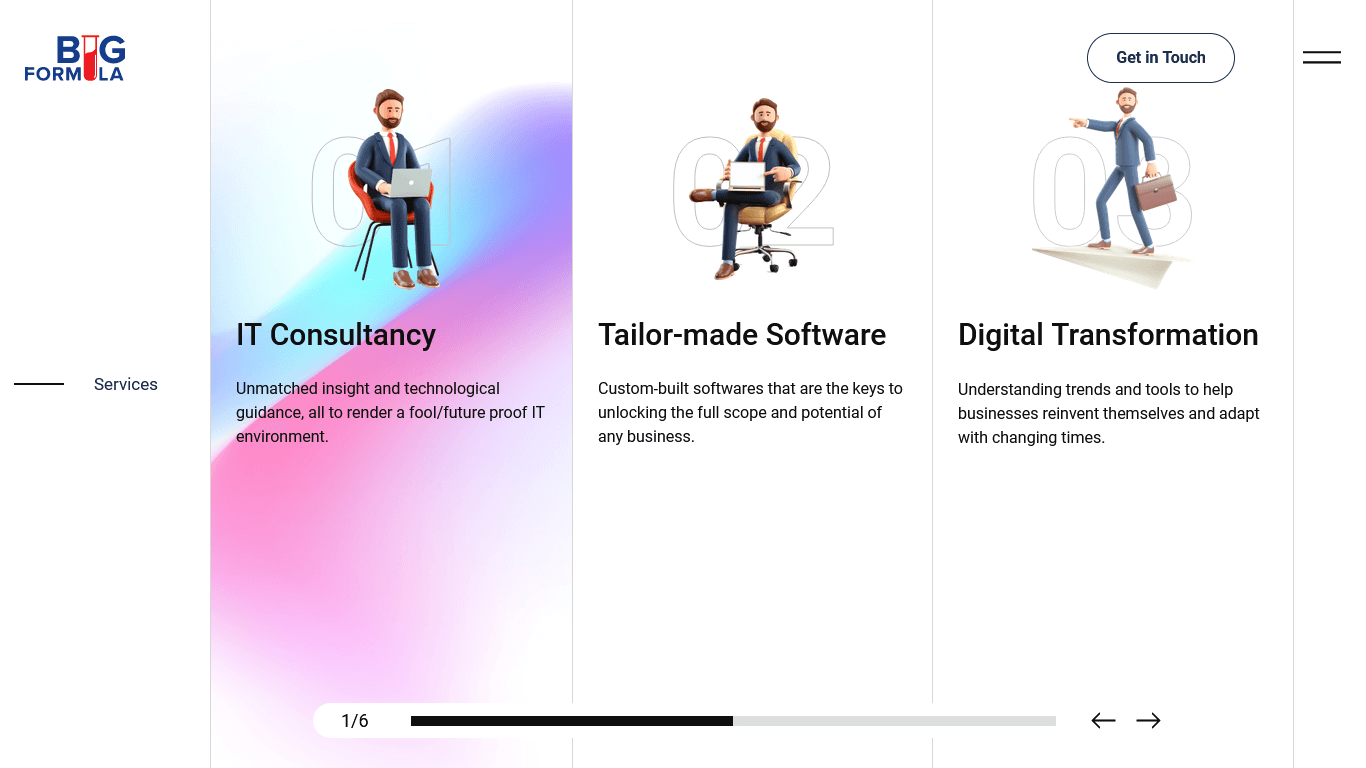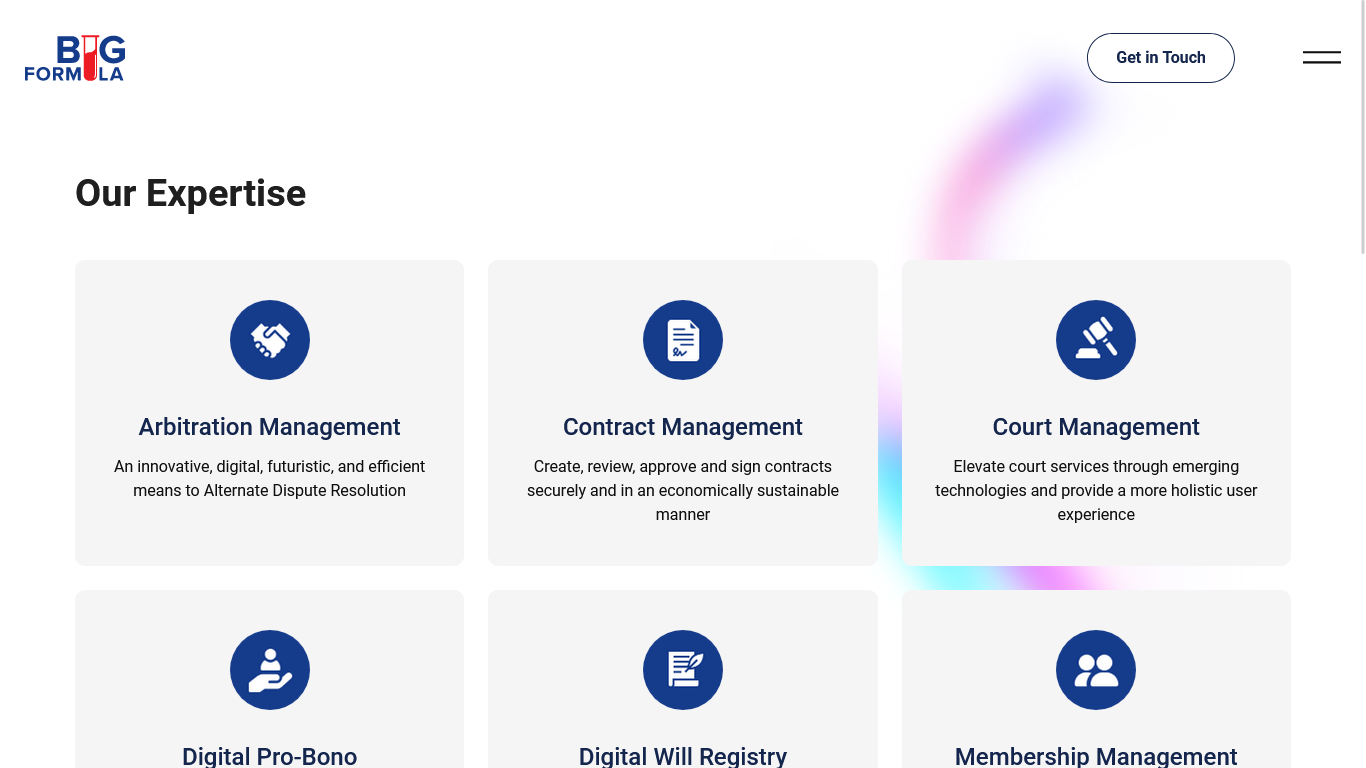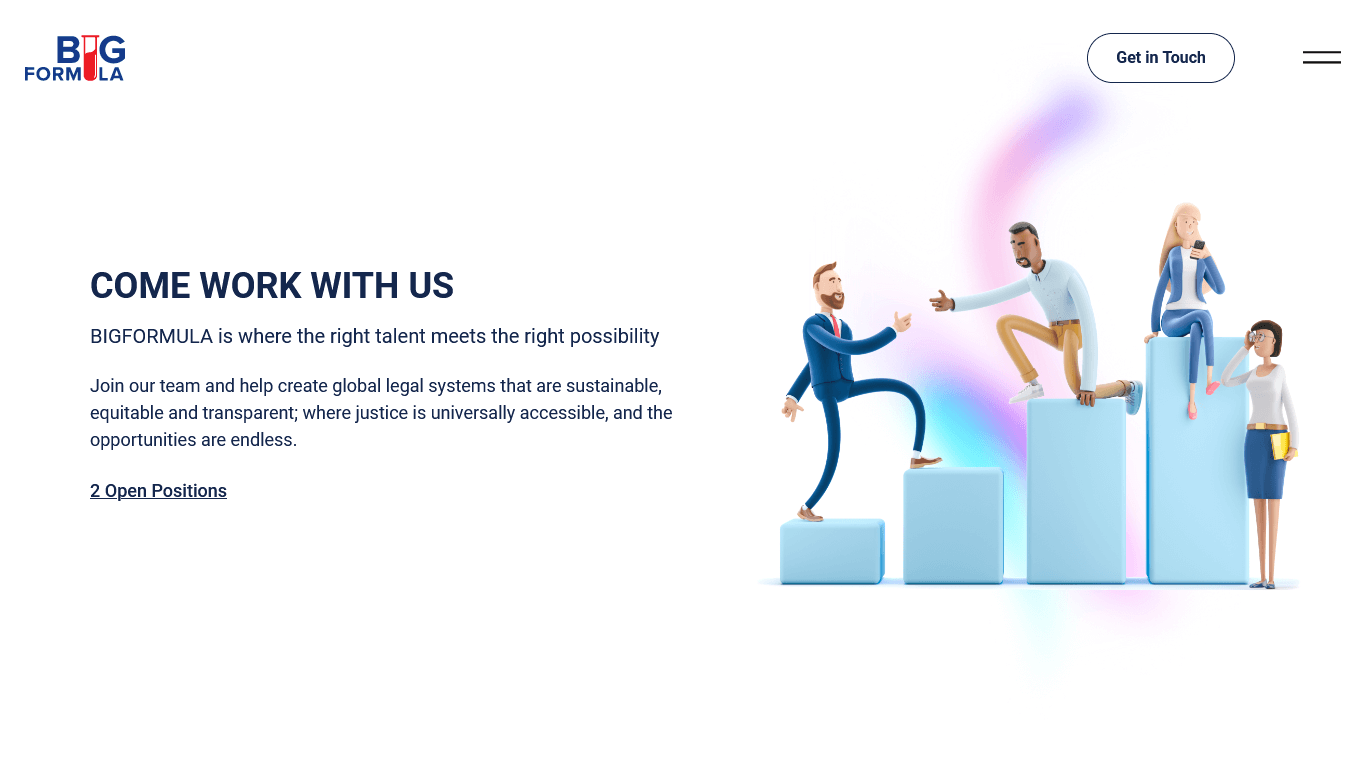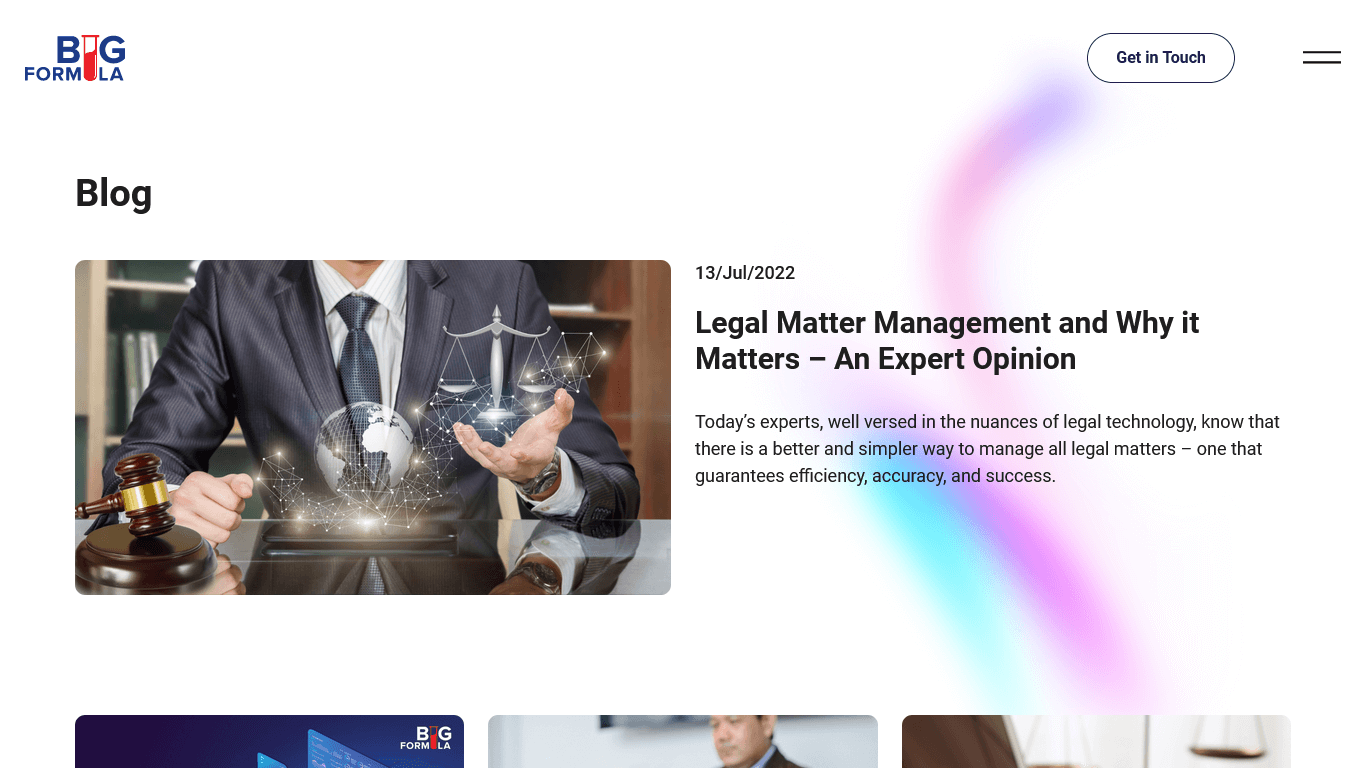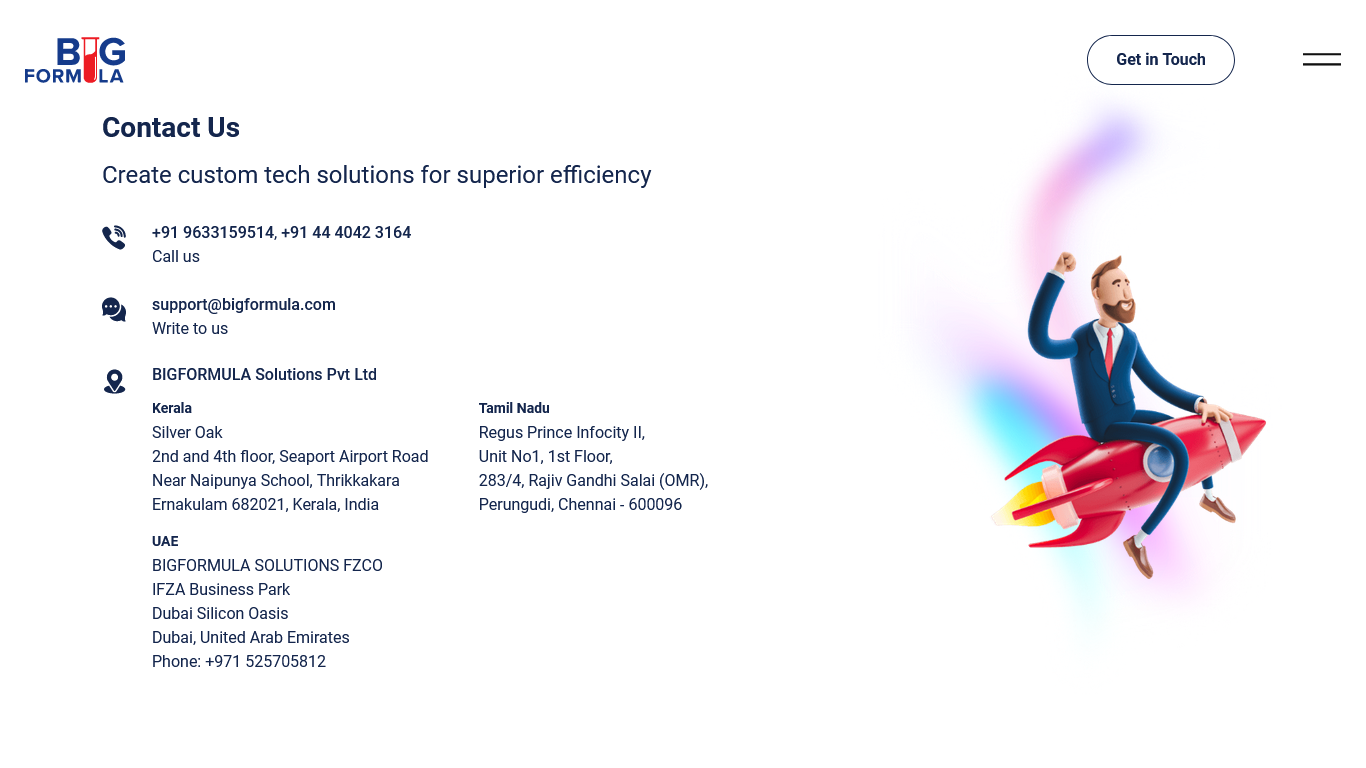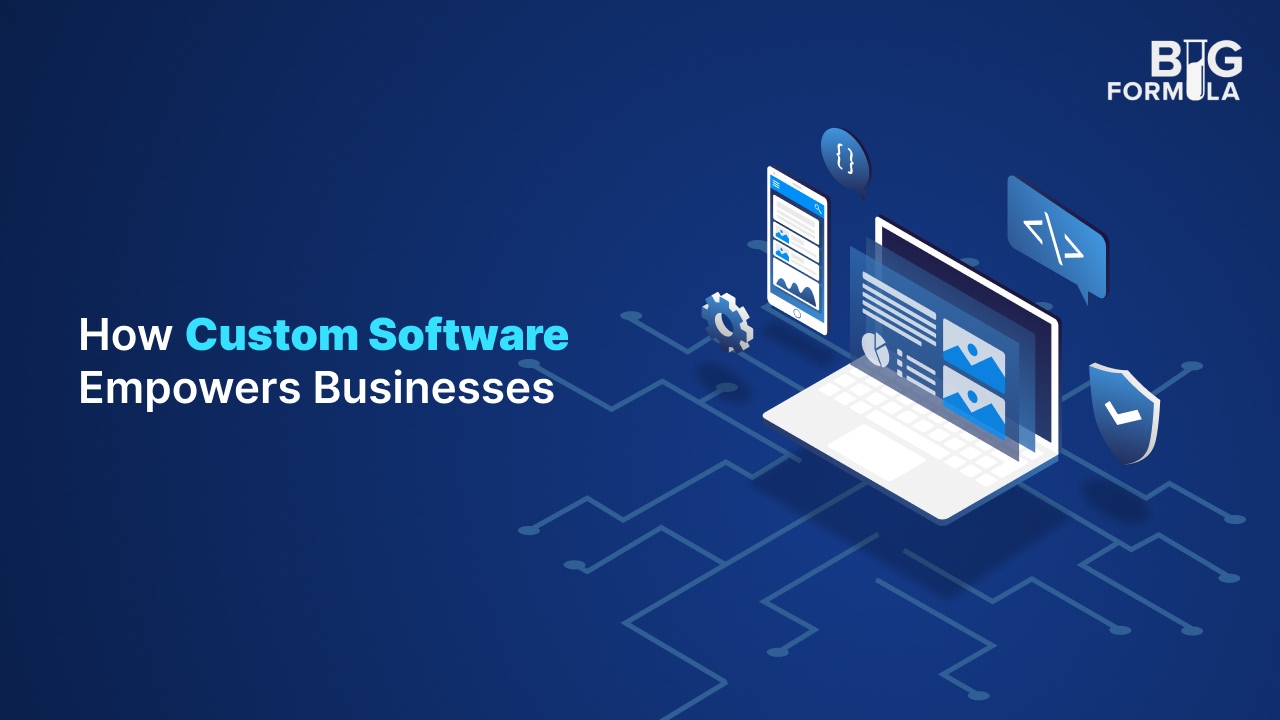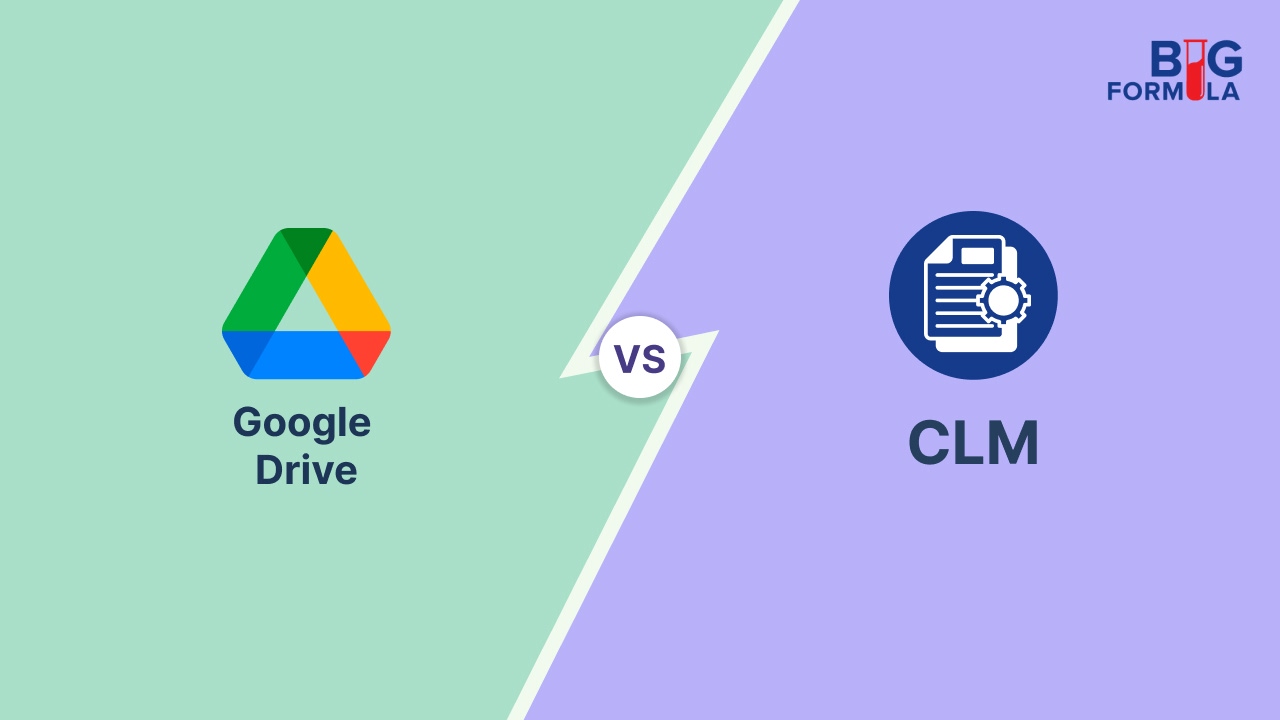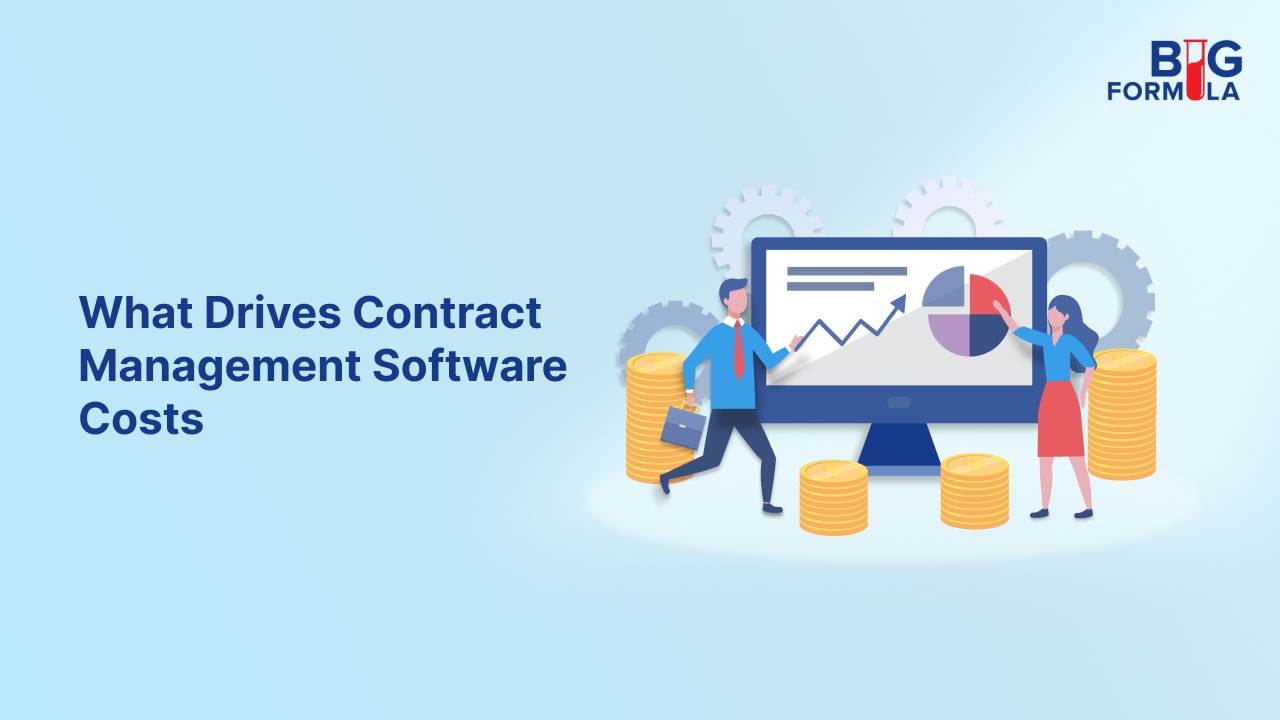The Ultimate Contract Management Cheat-Code: 10 Must-Have Features in Your CLM Software
The most effective solutions are those equipped with essential features tailored to meet the complexities of modern business environments. Here, we explore the 10 must-have features your contract lifecycle management software should include to elevate your organisation’s contract management strategy and enhance overall business performance
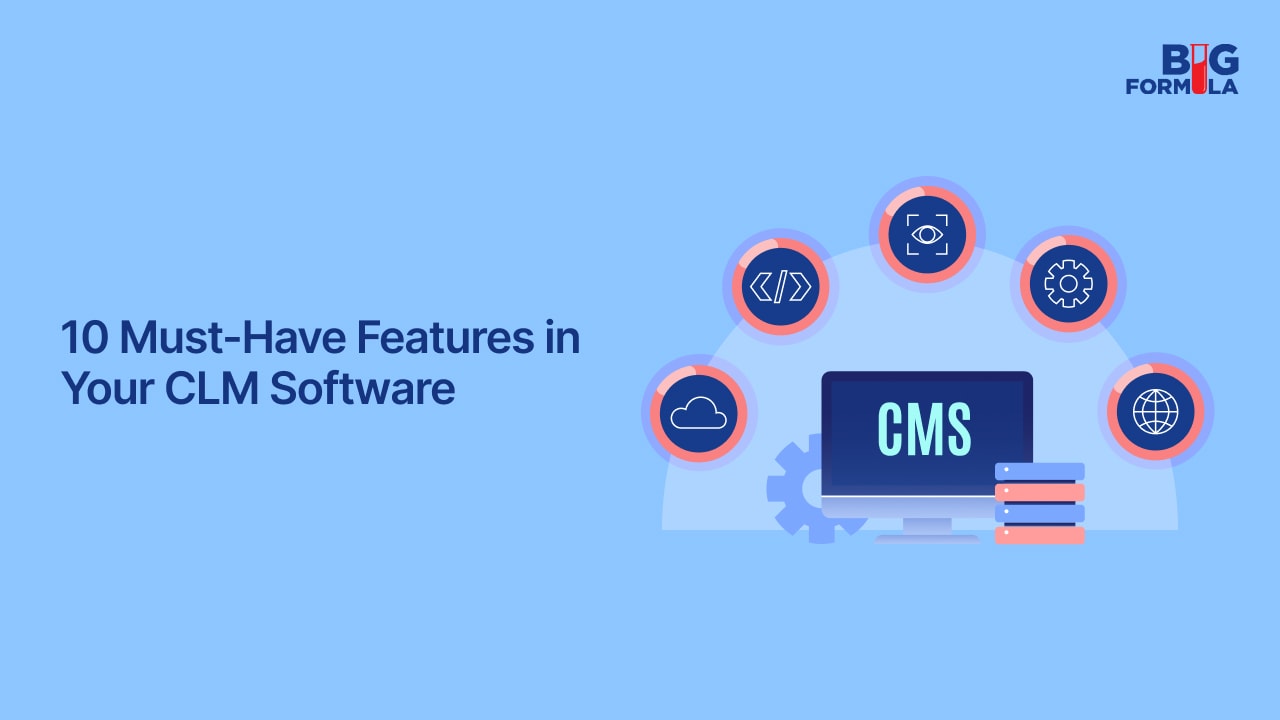
The rising importance of post-signature contract management has become a focal point for organisations striving for efficiency and cost-effectiveness. According to a detailed Deloitte case study, many businesses fail to realise the substantial value hidden in the post-signature phase of contract management. This phase, often neglected, holds immense potential for improving vendor relationships, tracking performance, and ensuring compliance. In today’s competitive environment, effective post-signature management can unlock new levels of operational efficiency and mitigate potential risks.
Contract Lifecycle Management (CLM) software is the ultimate solution to these challenges, streamlining every phase of the contract lifecycle from creation to renewal. However, as unpopular as the opinion might be, not all CLM software are created equal. The most effective solutions are those equipped with essential features tailored to meet the complexities of modern business environments.
To maximise these benefits, adopting CLM software with essential features becomes critical. These tools not only streamline the process but also ensure that organisations can track and manage contract performance from start to finish. In this article, we will explore the 10 must-have features your contract lifecycle management software should include to elevate your organisation’s contract management strategy and enhance overall business performance.
Feature List for Effective Contract Management Software
1. Advanced Document Management
A centralised document repository is the cornerstone of efficient contract management. Businesses generate thousands of contracts annually, ranging from vendor agreements and employee contracts to complex client negotiations. Managing these documents manually increases the risk of errors, inefficiencies, and miscommunications.
With advanced document management, capable CLM software enable organisations to store, categorise, and retrieve contracts in a centralised, secure location. Tools such as metadata tagging, keyword indexing, and Optical Character Recognition (OCR) take searchability to a whole other level!
2. Notifications & Alerts
Critical dates in contracts, such as renewal deadlines, payment schedules, and compliance milestones, can easily slip through the cracks without proper tracking. Missed deadlines do not just result in financial penalties; they can also harm reputations and damage relationships with stakeholders. Notifications and alerts act as safety nets, ensuring that important dates are never overlooked. These systems can send reminders via e-mail, SMS, or in-app notifications, offering flexibility based on user preferences. Customisable alert systems are especially valuable for larger organisations with diverse contracts and stakeholders.
3. Data Analytics and Reporting
In today’s competitive business environment, data is power. Contract data holds valuable insights into operational efficiency, cost management, and vendor performance. However, extracting and analysing this data manually is time-consuming and prone to errors. Modern CLM software are equipped with advanced analytics tools that transform raw contract data into actionable insights. For instance, a company can analyse negotiation timelines to identify patterns causing delays, enabling it to streamline future processes.
Interactive dashboards offer real-time visibility into key performance indicators (KPIs) such as contract value, compliance rates, and vendor reliability. Customisable reporting capabilities are equally important, allowing organisations to tailor insights to specific departments or stakeholders. Be it a detailed compliance report for the legal team or an executive summary for C-suite leaders, these tools ensure everyone has access to the information they need.
4. Version Tracking and Audit Trail
Contracts rarely stay static. They evolve through negotiation, requiring multiple iterations and inputs from various stakeholders. Without proper version control, keeping track of changes becomes a logistical nightmare, leading to inconsistencies and confusion. Version tracking ensures that every change is documented and that stakeholders can easily identify the latest iteration. Features like side-by-side comparisons and tracked changes provide clarity, preventing miscommunications and potential disputes.
The audit trail complements version tracking by maintaining a chronological record of all activities related to a contract. This includes who accessed the document, what changes were made, and when. In industries like legal, finance or healthcare, where compliance is non-negotiable, audit trails serve as critical evidence during audits or legal proceedings.
5. e-Witness and e-Signature
Obtaining physical signatures in a fast-paced digital world can be cumbersome and time-consuming. e-Signature and e-Witness features have revolutionised the approval process, enabling contracts to be signed electronically from anywhere in the world.
s-Signatures are not only convenient but also legally binding in most jurisdictions. They leverage encryption and multi-factor authentication (MFA) technologies to ensure security and validity. e-Witness capabilities further enhance credibility, particularly for high-stakes agreements, by providing independent verification of the signing process.
The impact of these features extends beyond efficiency. They accelerate deal closures, reduce paperwork, and improve customer experiences. For example, a real estate agency using e-signatures can finalise lease agreements within hours instead of days, enhancing client satisfaction and operational agility.
6. Role Management
Data access and security are critical concerns in contract management, especially for organisations handling sensitive or confidential agreements. Role management features allow administrators to define user roles and permissions, ensuring that stakeholders have access only to the information they need.
For example, a sales representative might have access to view and work on draft contracts but would be restricted from accessing sensitive financial terms, whereas the legal team would have full editing privileges for all aspects of the contract. This granular control not only safeguards sensitive information but also prevents accidental or unauthorised actions. Role management also fosters collaboration by defining clear responsibilities within the contract lifecycle. Teams can work more efficiently, knowing their boundaries and contributions are well-defined and recognised.
7. Security Features
Contracts often contain proprietary information, intellectual property details, and sensitive financial data. Breaches can result in catastrophic losses, both financially and reputationally. A robust CLM software incorporates comprehensive security measures to mitigate these risks.
End-to-end encryption ensures that data remains secure during storage and transmission. Multi-factor authentication (MFA), especially the biometric kind, provides an additional layer of security, verifying user identity before granting access. Regular updates and security audits address vulnerabilities proactively, keeping the system resilient against evolving threats. Compliance with data protection regulations like GDPR or HIPAA further enhances trust, assuring clients and stakeholders that their information is handled responsibly.
8. Scalability
As businesses evolve, so must their tools. A contract management software should be designed with adaptability in mind, ensuring it grows alongside the organisation. Scalability is key to managing increasing contract volumes, greater complexity, and expanding functionality seamlessly as the business thrives.
A scalable solution ensures long-term efficiency, minimises disruptions during growth, and provides the flexibility needed to adapt to evolving business demands, keeping organisations competitive and agile.
9. Integration Capabilities
Contracts are interconnected with various business processes, from procurement and sales to compliance and finance. Integration capabilities ensure that CLM software interact seamlessly with existing enterprise systems, eliminating silos and enhancing overall efficiency.
Integrating the CLM system with a CRM platform allows sales teams to draft contracts directly from customer records, reducing duplication and errors. Similarly, integration with financial software ensures that contract terms, such as payment schedules, are automatically synchronised with accounting systems. These integrations create a unified ecosystem where data flows effortlessly between systems, improving accuracy, collaboration, and decision-making.
10. Customisation Options
Every business operates differently, and the one-size-fits-all approach rarely works in contract management. Customisation options empower organisations to tailor the software to their unique workflows, required templates, and set approval hierarchies. A legal firm might require specific clause libraries for recurring terms and conditions, while a VC might prioritise automated workflows for investor contracts. Customisation ensures that software align with these unique requirements, maximising usability, and ROI.
Empower Your Business with the Best
Today’s advanced Contract Lifecycle Management (CLM) software have redefined how businesses approach contract management. Featuring advanced capabilities like document management, data analytics, and e-signatures, they are streamlining processes at every. Be it monitoring compliance, tracking deadlines, or managing role-based approvals, they ensure organisations can handle contracts with ease and precision. With emphasis on efficiency and security, they empower businesses to focus on their strategic goals rather than administrative hurdles.
BIGFORMULA’s custom contract management solution is no different. At its core, it offers a centralised repository for managing contracts, ensuring quick access to documents while safeguarding them with robust encryption. But perhaps its standout feature is its emphasis on customisation. Unlike generic tools, the platform is designed to adapt to the unique workflows and challenges of each organisation. Businesses can tailor dashboards, approval processes, and analytics to align with their industry-specific needs. This adaptability extends to seamless integration with existing enterprise systems, ensuring minimal disruption during onboarding. For small firms managing straightforward agreements or large enterprises handling complex portfolios, BIGFORMULA’s scalability ensures it grows alongside the organisation. This blend of flexibility and functionality makes BIGFORMULA a game-changer for contract management.
Conclusion
Contract management has evolved from a back-office task into a strategic driver of business success. Investing in a robust CLM software equipped with even a portion of the must-have features outlined here can significantly improve efficiency, ensure compliance, and enhance decision-making. The future of contract management is now – embrace it to unlock the full potential of your business operations and stay ahead in the competitive landscape.
Curious which features will help you boost your CLM processes? Hit us up for a free consultation!

